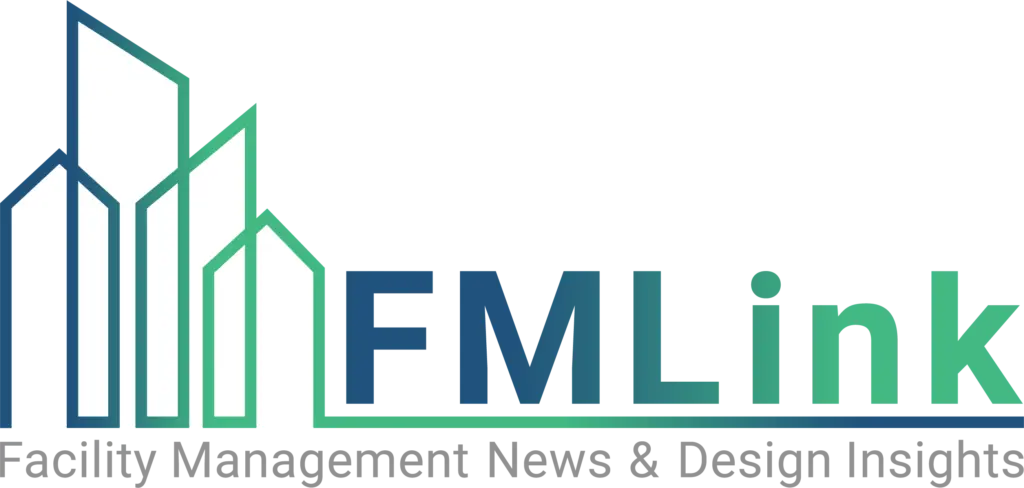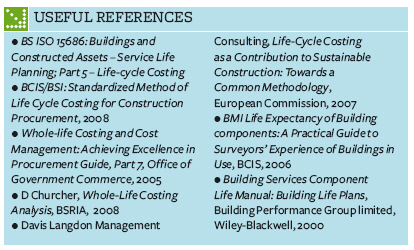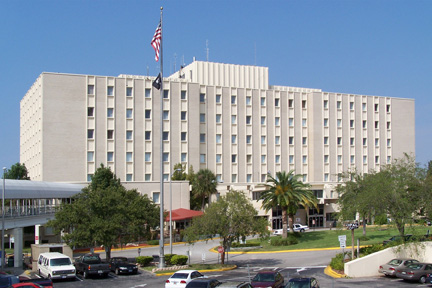Recently it seems, every time I switch on my laptop, a new life-cycle or whole-life costingrelated item appears. In the last month alone my collection of related ephemera has had major additions in the form of Bsria’s Guide to whole-life costing analysis and the BCIS/BSI publication Standardised method of life-cycle costing for construction procurement.
In view of this high level of activity an outside observer could be forgiven for thinking that life-cycle/whole-life costing is something new. In reality, the concept was developed in the 1960s alongside the then new quantity surveying technique of cost planning; so it’s very nearly 50 years old. It formed an integral part of my undergraduate studies during the 1970s but it was not until the 1990s, with the advent of the government’s PFI/PPP initiatives, that I finally got the chance to really use the theory. More recently still, the sustainability agenda, with its emphasis on the whole-life impact (in terms of carbon footprints) of buildings and infrastructure on the environment, has added impetus to what was previously something of a “Cinderella” discipline.
Before getting into the details of how to go about life-cycle/whole-life costing, we need to define the meaning of these terms, and in the process try to distinguish between the two. As with much FM terminology there are a number of not necessarily compatible definitions, and the two terms are often used interchangeably to mean the same thing: “wholelife costing” embraces a slightly wider range of costs than “lifecycle costing”. The former therefore subsumes the latter.
Defining terms
In terms of specific definitions I am not entirely sure that the new international standard (BS ISO 15686-5, Buildings and constructed assets — service life planning; Part 5 Life-cycle costing) helps very much, particularly for the layman. In fact, the wording of the two is very similar:
Life-cycle costing: A “methodology for the systematic economic evaluation of life-cycle costs over a period of analysis, as defined in the agreed scope”
Whole-life costing: A “methodology for the systematic consideration of all whole-life costs and benefits over a period of analysis, as defined in the agreed scope” Another definition — of older provenance but arguably less obtuse terminology — comes from Rics’ Guidance note on life-cycle costing, which notes that the life-cycle cost of an asset is “the present value of the total cost of that asset over its operating life, including initial capital cost, occupation costs, operating costs and the cost or benefit of eventual disposal.”
Notwithstanding the clearer wording (to my mind at least) of the latter, it is only when one starts to delve into the underlying meaning of the constituent parts of these definitions that the distinction between whole-life and lifecycle becomes more apparent. In essence, therefore, the lifecycle cost of an asset comprises the sum of:
- initial construction cost
- on-going maintenance and other operating costs, eg, cleaning and utilities
- occupancy costs, eg, reprographics, catering and the like (BS ISO 15686, Part 5 includes these as part of ‘non-construction costs’ but it is usual in the UK to include them as part of the life-cycle calculation rather than the whole-life equivalent)
- life-cycle replacement costs arising out of the cost of replacing systems, components, etc, as they come to the end of their life. The concept of “life” can be problematic in the context of whole-life/life-cycle cost modelling and will be explored further in a later article
- end-of-life costs for demolition and/or any other remediation costs
Whole-life cost, however, goes beyond this to also include:
- initial non-construction related costs such as land and finance/funding
- income generated (or lost) as a result of the project, eg, income from sales, loss of income due to disruption
- benefits arising from enhanced organisational performance, ie, as a result of the project having been undertaken Of course, it is all very well to talk about the whole-life or life-cycle cost of something as being the summation of the above costs/benefits. It is possible just to add them all together to derive what is sometimes called the “simple aggregate” or “non-discounted” cost of an asset over its life. However, this ignores the time cost of money which is why the Rics definition mentioned earlier refers to life-cycle cost as being “the present value of the total cost” of the asset over its life.
Self-evidently the various costs identified are going to occur at different times throughout the overall life span of whatever is being evaluated. Some will be of a one-off nature, eg, initial construction and eventual demolition. Others will be incurred on a regularly recurring basis; prototypically this category includes operational and occupational costs that need to be paid year-in, year-out. Lastly, there are costs that are incurred infrequently at either regular or irregular intervals; this category includes activities such as redecoration and plant replacement. The mechanics of the present value calculation will be explored in more detail in a future article but, suffice it to say, that it is a methodology for bringing all of these costs back to a common date-line. This, on the premise that £1 incurred today is worth £1, whereas £1 incurred at some time in the future is worth less than £1 today due to the vagaries of inflation, investment interest rates and the like.
Overriding drivers
There is one last concept to draw to readers’ attention. This revolves around the overriding drivers that must inevitably have some effect on the constituent cost components. These fall into the four high-level generic categories of: macro/ micro-economic, qualitative, quantitative and operational. In a little more detail, the macro/micro-economic driver is all about what is happening in the economy both nationally and locally. As I write this article, we are going into what economists say is going to be at best a slowdown, at worst, a full-blown recession. Clearly this is likely to introduce downward pressure across the entire cost base. The qualitative driver is all to do with the level of specification — as a general rule of thumb the higher the level of specification, the higher the associated cost of provision becomes. There is a common misconception here that spending money upfront saves cost over the lifetime; this is sometimes the case but not always.
|
|
The quantitative driver is probably self-explanatory and is related to size; thus the bigger a building becomes the more it costs to construct and maintain. Finally, the operational driver is predominantly about the asset in use; it is therefore concerned with the implications arising out of organisational requirement (eg, the building needs to be operational 24/7) and any constraints imposed by the built environment (eg, cellular space will take longer to clean than open plan). To conclude, whole-life/life-cycle costing is very much flavour of the month. Whether this survives the forecast downturn is, I think, open to debate. Logic says that it should, but it is easy to imagine that the additional upfront cost of carrying out such an evaluation could be an early casualty of any belt-tightening.
In seeking to examine the theory behind whole-life/ life-cycle costing this article is necessarily predominantly theoretical. However, future articles will seek to redress the balance by discussing both the process and the practice associated therewith.
Mike Packham is a partner at FM consultancy Bernard Williams Associates





